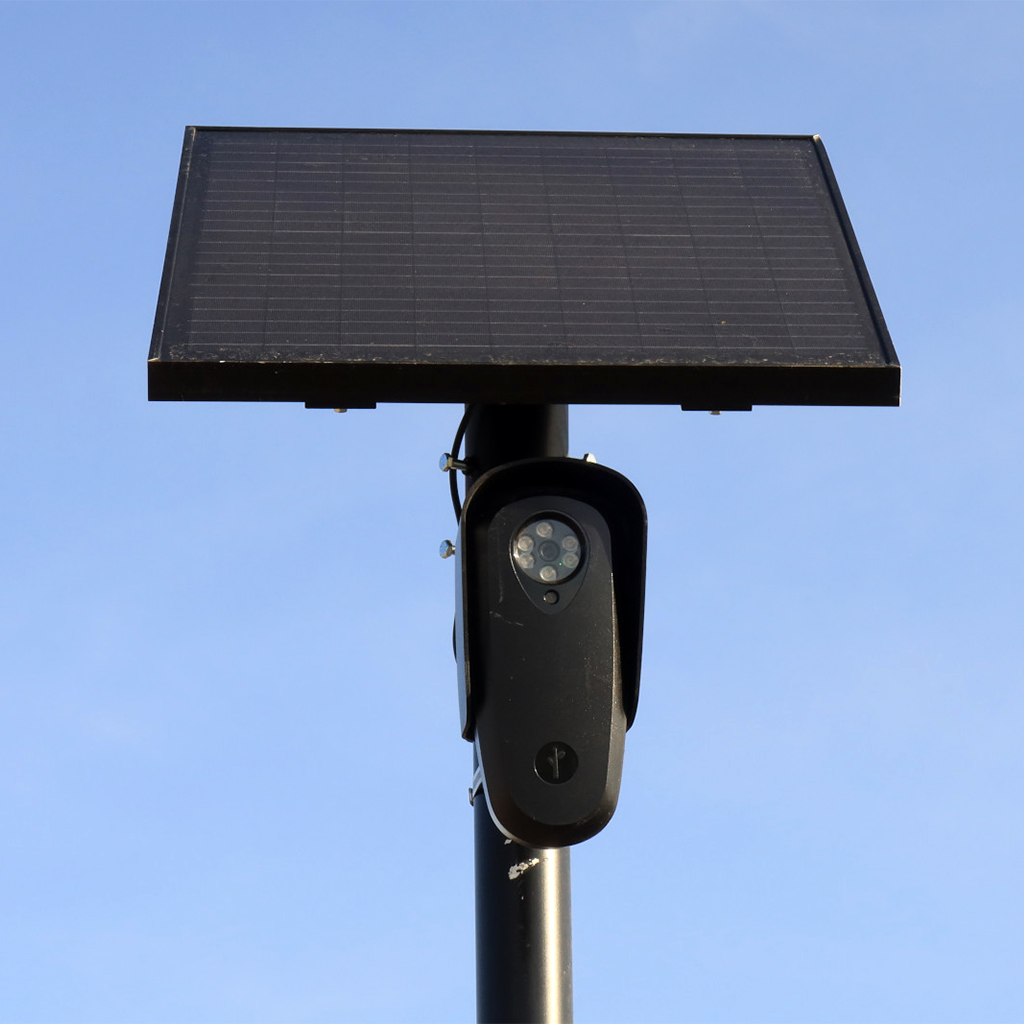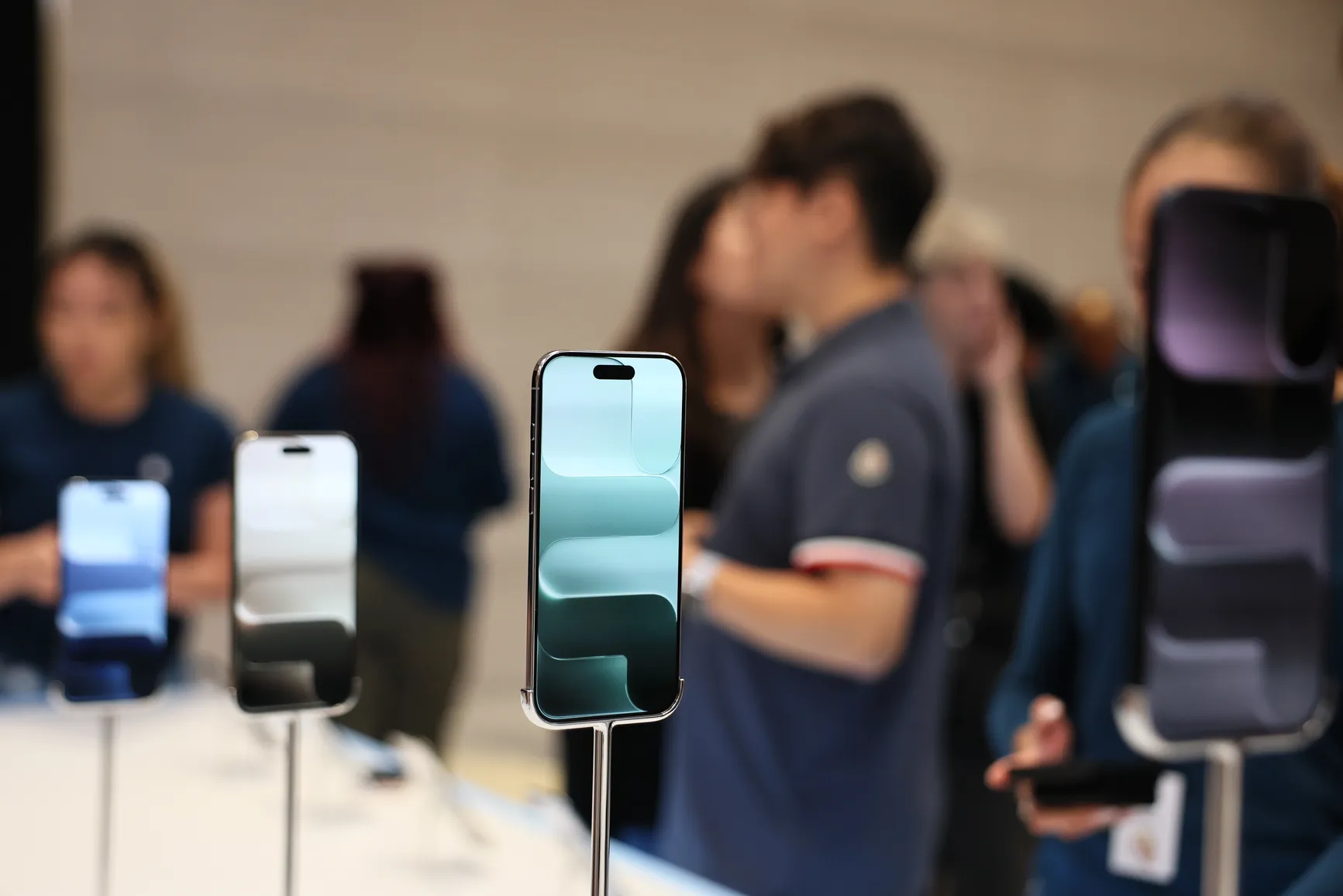
As cities across the United States grapple with rising crime rates, communities and law enforcement agencies are turning to automated license plate readers (ALPRs) for answers. These high-tech cameras, often mounted on police cars or at intersections, can scan thousands of plates per minute, flagging stolen vehicles, tracking suspects, and even locating missing persons. Proponents argue that they offer a powerful tool to deter crime, speed up investigations, and enhance public safety—especially in areas dealing with car theft, shootings, and drug trafficking. However, the rapid spread of this surveillance technology has sparked fierce debates about privacy, oversight, and potential misuse. Critics warn that without strict regulations, license plate cameras could be used to unfairly track innocent citizens, enable mass surveillance, or disproportionately affect minority communities. In some towns, citizens are pushing back, demanding transparency and limits on how data is stored, shared, and used. The core question remains: How much privacy are we willing to sacrifice for safety? As technology evolves faster than policy, communities are being forced to weigh the risks and rewards of a digital eye on every street corner.







